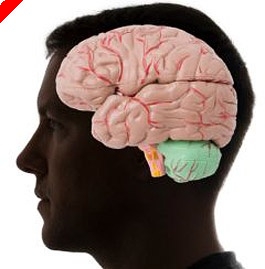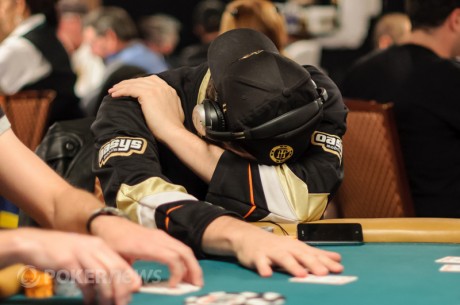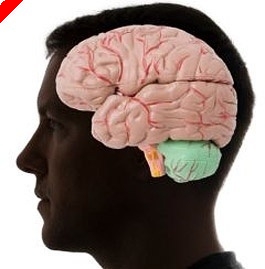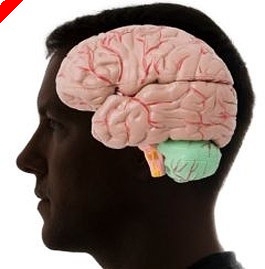The Poker Shrink, Vol. 46: Attribution Theory

Attribution theory describes the way in which people explain both their own behavior and that of others. According to this theory, people tend to see either internal or external causes as the determining factor in most behavior. If you see a child crying in a store, you might think "That kid is a brat" (internal), or you might think "I wonder if he is hurt or ill" (external). You are attributing the child's crying to either an internal or an external cause. In poker, if a player plays a hand particularly badly you might attribute it internally, as in "That guy is a bad poker player," or externally, like "That guy is on tilt or drunk or distracted." The distinction can be important to your game.
If you are at the table with a truly bad player then you can take advantage of that fact over and over; but if a player is on tilt and he takes a break, he may well come back no longer on tilt and ready to play a much stronger game. If you mistakenly attributed their bad play to the internal fact that this guy is just a bad player, you could lose a lot of chips when he comes back with his "A" game.
So, let's ask the important question: When you lose a close hand to another player, what is your first thought? "He is a donkey." "He outplayed m." "He got lucky." The correct answer is, you shouldn't have the same first thought every time you lose a hand. You should review the hand in order to correctly attribute the loss to skill or luck. But even more importantly, you should make an internal/external decision about both the other player's actions and your own. Far too often we dismiss our own mistakes by putting the donkey label on our opponent. Sure he may have played the hand badly, but how about you?
For each hand where you pick up a read, you want to attribute the other player's play to them correctly. If they really are a rock or a maniac (internal) than so be it, as you then have a good, solid, long-standing read. However, if they were making a move with one hand to show they can be aggressive, then perhaps they were just sending a signal to the table (external) and they will now go back to playing tight.
Applying attribution theory to other players is the easy part. Just don't put a big label on a player (rock, maniac, bluffer) until you are sure. Better to go with several external reads ("He plays A-K fast") and work up to the big label. In most small buy-in tournaments you never really have enough information on a player to make a big internal read. If you jump to such a conclusion it could cost you when the player comes out with a contradictory play. It's not that they are changing up their game; it's that you attributed a style to them based on too little information.
The second application of attribution theory in poker is much more difficult. You have to attribute motivation and actions to your own play. We'd all like to think we lose those big hands to a luckbox or a huge suckout, but we really know this is not true. Sometimes we make a bad read or a bad play; we make a mistake and we should attribute that loss to either an internal or an external factor of our own games. If it's external: we were tired, we missed the read, we got distracted. etc. Note the mistake and move on. If it's internal, then there's some work to do. If you are pushing with top pair/top kicker and getting snapped off time after time, you have a leak in your game. You are clearly misplaying TPTK and it's an internal issue.
Attributing your mistakes correctly and taking action to plug the leaks is fundamental to improving your game. Remember accurately attributing your own behavior is more difficult than attributing the other player's actions and correcting internal behavior is more difficult than fixing external mistakes.








